I need to understand how this circuit will work and how will the temperature for water bath be controlled using this circuit . The link to the question where i found this is : Building a temperature-controlled water bath
-
From a controls perspective, its a bang-bang thermal controller. – sstobbe May 16 '17 at 07:44
-
A 741 on a 10 V supply common-mode biased near VCC isn't the greatest, I wouldn't rely on the component selection in this sample design. – sstobbe May 16 '17 at 07:54
-
The waterbath heating element and its AC power supply isn't shown on the schematic. The last component to the right is a relay which switches the (missing) heater on and off. – wbeaty May 16 '17 at 09:18
-
3741 op-amp take note: https://electronics.stackexchange.com/questions/304521/reasons-not-to-use-a-741-op-amp – Andy aka May 16 '17 at 10:49
1 Answers
I can't teach you how each component works. But I can describe the circuit. This should be sufficient for you to research it further yourself.
The 741 op-amp is being used as a voltage comparator with hysteresis. It is configured to do this by the components on its '+' input: 10 K linear potentiometer, 10 K and 47 K resistors. The exact voltage level it will compare to is set by adjusting the 10 K pot'.
The voltage it compares to comes from a potential divider formed by the thermistor and a 10 K resistor, connected to the op-amp '-' input. As the ambient temperature changes the thermistor's resistance, the voltage from the potential divider to the op-amp '-' changes. When this voltage is lower than the reference voltage from the 10 K pot' circuit, the op-amp output will be its supply voltage, which will turn on the transistor and therefore the relay. When not, the transistor and relay are turned off.
The circuit is missing a clamping diode across the solenoid coil. You can use a 1N4007 diode. Connect the diode anode to the solenoid wire going to ground. Connect the diode cathode to the solenoid wire going to the transistor.
Note that a 200 R resistor is shown in parallel with the pot'. I don't think it should be there. If you build the circuit, try it without this 200 R first.
- 21,742
- 4
- 39
- 62
-
In the original question a Pt100 was used as temperature sensor. Then the 200R resistor is absolutely necessary. If one uses a different value like 10k NTC you need to adapt it, of course. – JLo May 16 '17 at 11:09
-
*"The circuit is missing a clamping diode across the solenoid coil."* Not really. Can you see that the coil terminal will actually never go more than about 1 diode drop below ground? The transistor actually keeps conducting (even though the opamp output is in the "low" state) until the coil current drops to zero. – Dave Tweed May 16 '17 at 22:11
-
@DaveTweed, not really. The transistor is not rated so the reverse voltage and instantaneous current can damage it and the op-amp. Moreover, if the circuit is on and the supply is disconnected, the supply rail dies. Just the op-amp output and transistor will be are there to be damaged by the instantaneous coil voltage/current. Spend the 2p. Put a diode in. Remove the problem. – TonyM May 17 '17 at 06:10
-
The transistor does not experience "reverse" voltage. The coil drives the emitter below ground, but as far as the transistor itself is concerned, this is still "forward" voltage. Similarly, the opamp can source current into the base of the transistor even when the output is low. And the emitter current is never greater than it is in the "on" state. – Dave Tweed May 17 '17 at 11:34
-
@DaveTweed, my 'reverse' was meant to be 'excessive'. Re-read previous comment, for: no transistor rating, weak op-amp output when power cut, cost. – TonyM May 17 '17 at 12:05
-
Neither the voltage nor the current are excessive. Why do you think otherwise? – Dave Tweed May 17 '17 at 13:33
-
@DaveTweed, you won't budge from your fixed perspective (rail on, transistor/741 output that can cope with your theory, power's never cut) and you want me to move down there too. I like engineering instead. You've never designed and shipped volume designs with this circuit, have you? (stop comments, go to chat if there's yet more coming...) – TonyM May 18 '17 at 06:37
-
I never said this was a good design. I would never drive a relay with an emitter follower from a non-rail-to-rail opamp, because that's a terrible idea. But I do know how to analyze the circuit as presented, which, based on your comment about the diode, is something you didn't bother to do. You just assumed that there would be "excessive" and/or "reverse" voltage and current, and recommended slapping a diode in there to "fix" the problem. This is not doing the OP any favors, and if that's what you call "engineering", I don't want any part of it! – Dave Tweed May 18 '17 at 11:35
-
@DaveTweed, (sigh) you're now guessing about me like you guess about op-amps. Got too silly for me but it's clearly a pointless debate, you're ignoring bits of explanation not your own for whatever reason. Let's end comments. I did offer chat, and the offer's always welcome to you, otherwise let's leave it there and I do wish you well. – TonyM May 18 '17 at 12:33
